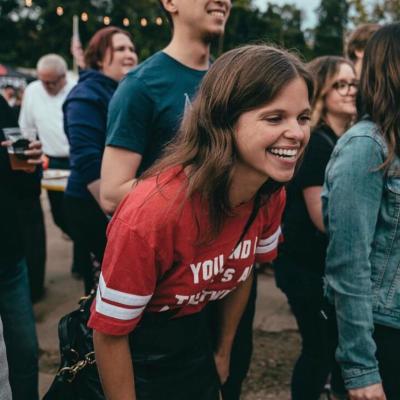
There are few people who know the Baltimore music scene as well as Micah E. Wood. The local photographer—and musician himself—has been documenting DIY artists here for more than a decade, having come to Baltimore from Virginia to attend the Maryland Institute College of Art, where he is now a part-time photography professor.
Much like his music, Wood’s portraits are radiant—rich in color, light, and life force—capturing musicians of myriad genres in compositions that feel deeply intimate, with an imaginative brushstroke of impressionism, as if in a dream.
In both of his books—his first, Features, released in 2016, and now Scene Seen, available in stores and online—Wood creates a time capsule of the local music scene, with these most recent images taken between 2016 and 2024. Along the way, he also captures the city itself—its rowhomes, parks, parking lots, sidewalks, back alleys, venues, studios, the lush overgrown wilds of Maryland summer. As Baltimore continues to ever-evolve, this latest collection feels like a testament to both the city’s past and its future.
We caught up with Wood to chat about the printed page, the power of color, and his upcoming album. Catch him and grab a copy of Scene Seen on Thursday February 27 at Good Neighbor in Hampden, with live performances by sitarist Ami Dang and singer-songwriter Eyas from 7-10 p.m., or during a free discussion with the book’s designer, Christopher Chester, at the Enoch Pratt’s Central Library on May 1 at 6 p.m. Wood will also be performing live at the Ottobar on May 16.
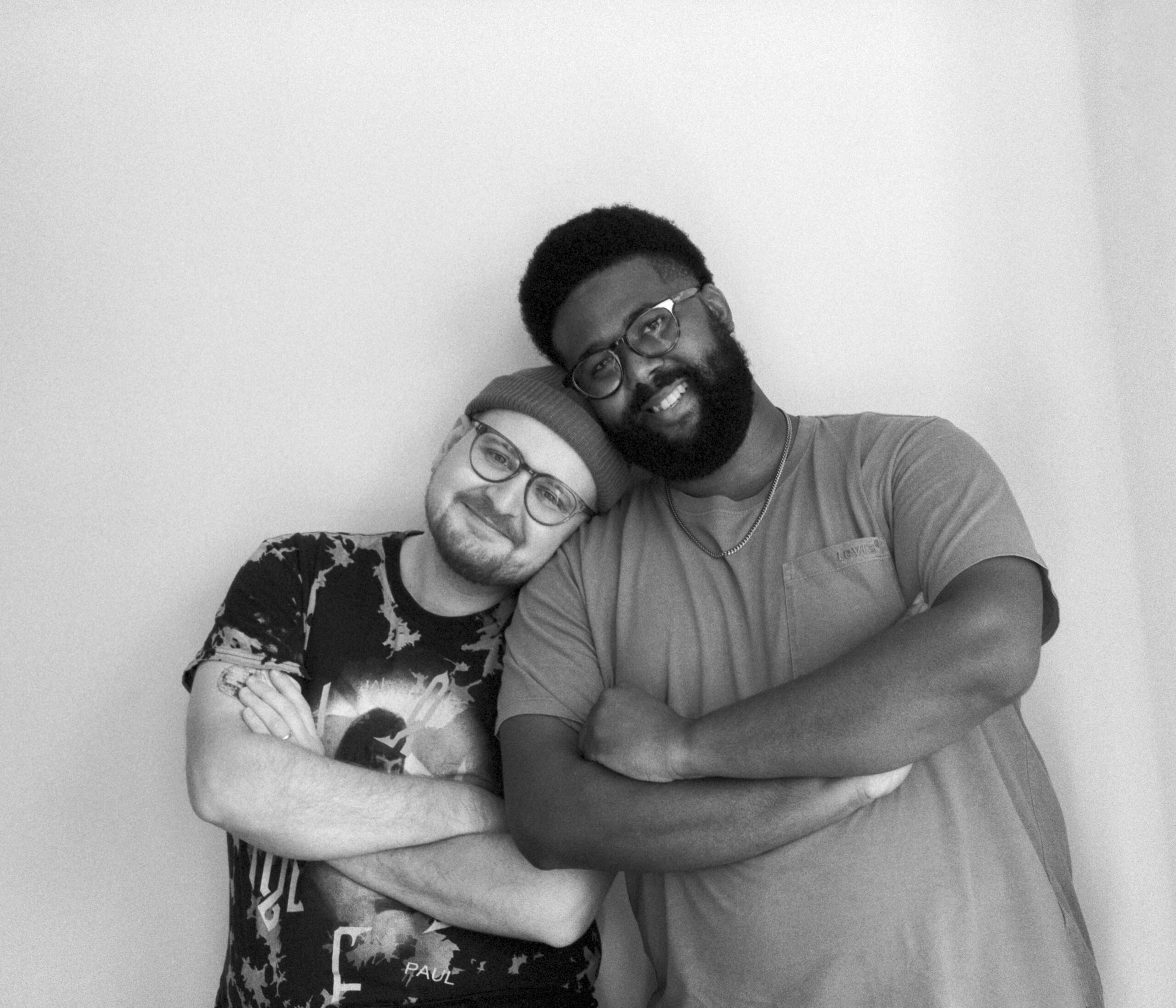
How did you come to photography?
When I was in high school, I kind of felt like I wasn’t good at anything. I had spent a lot of my youth playing violin in the school orchestra, and then I learned some piano, but I just felt, no pun intended, second fiddle—it wasn’t really grabbing me. But then I started going to concerts. And for those concerts, I wanted to buy a little pocket camera, just to document, so that I could remember. This is pre-iPhone, right? But eventually, I realized, hey, there are some good shots in here, and I started feeling this spark inside me. This was a thing that I could do.
Why portraits versus live music?
I could say it’s selfish. Early on, I got tired of doing concert photography because I wanted to enjoy the show. If I’m doing concert photography, I’m working, I’m locked in, I’m looking for shots, not listening to the music. But with portraiture, you get to look someone in the eyes and spend time with them and learn more about their story.
You came to Baltimore to attend MICA, where you majored in photography with a double minor in book design and book making. That resulted in your first book, Features. We are also fans of print. But why books for you?
First of all, everything looks good on the printed page. But making books is also inherently a bit of a political act, when you think about how many times in history they have been burned, or now, in the digital age, when we have so much loss of document. We also have full sections of the internet getting deleted right now, right?
But also, in a scene like Baltimore’s, bands come and go, which has happened a lot over the past 15 years I’ve been here. Sometimes they end up removing their stuff from the internet, and their stories are then largely just remembered by the people who experienced them at the time. My first book was a love letter, but mostly a portfolio. With this new book, I saw there was more to it—I went into it thinking about being archival in nature.
“My first book was a love letter, but mostly a portfolio. I went into this new book thinking about it being archival in nature.”
And it’s a world you know intimately, now being a musician yourself.
This book is guided portraiture, it’s not full photojournalism, but why I think it works at the level it does is because I understand these artists and their work. And I don’t just listen to their music—these are people I’ve seen live many times and played shows with. There’s a level of trust, and music has helped me speak the same language, especially for new artists, who aren’t used to having their photograph taken.
It seems that the city is as much a subject as the musicians.
The city is the background and foreground of all these photos. The first step of my process is asking an artist, do you have a location in mind? Is there a place you love? Baltimore might seem small, but there are so many little pockets that you might never discover. I have a long list of locations and a lot of cell phone pictures with notes about the time of day or year. Sometimes I drop a pin on Google Maps and write “nice wall.” I drove by a construction site with my wife the other day and was like, “Ooh, there’s a shot right there!”
Baltimore is so beautiful, but it is also constantly changing. There are a lot of photos in this book that can’t exist again. Like the photos of Snail Mail that I shot with Baltimore magazine. We walked outside and we took that photo in that construction site next to Ottobar. That’s a whole new building now, all within three years.
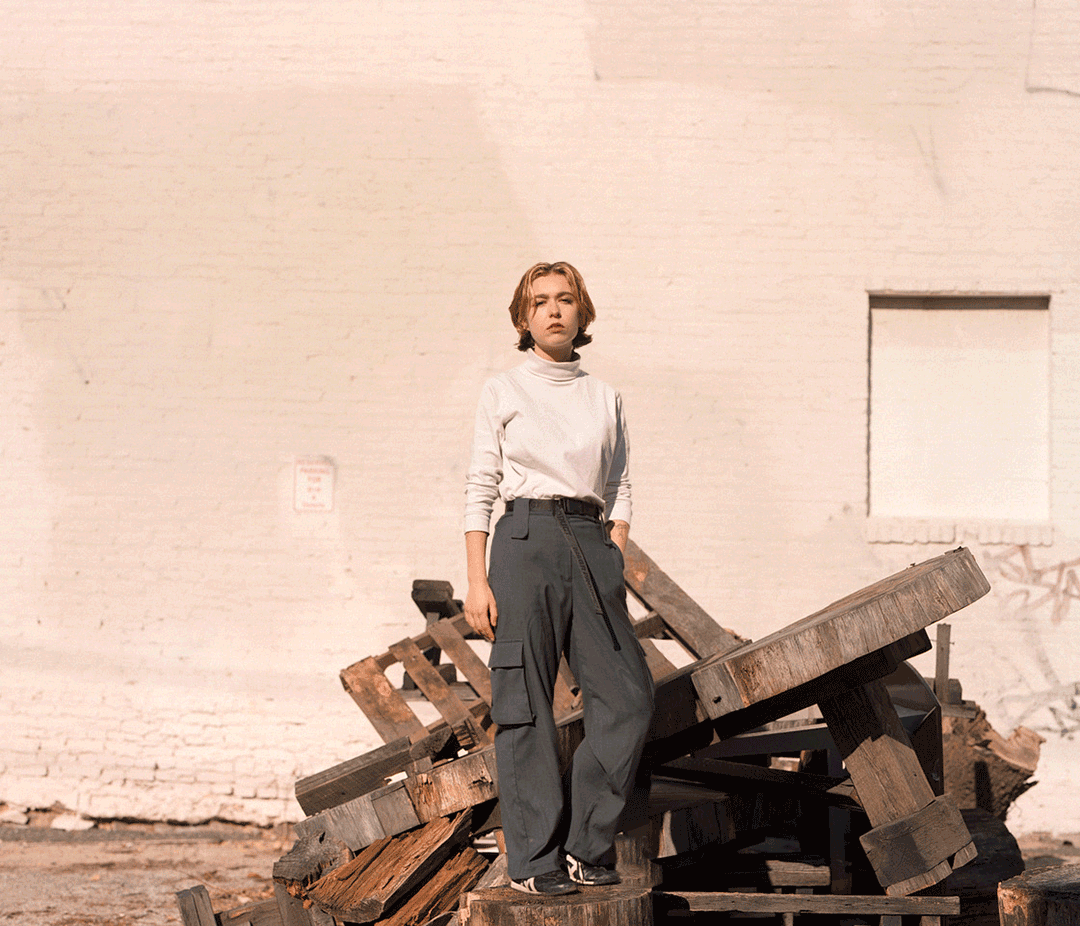
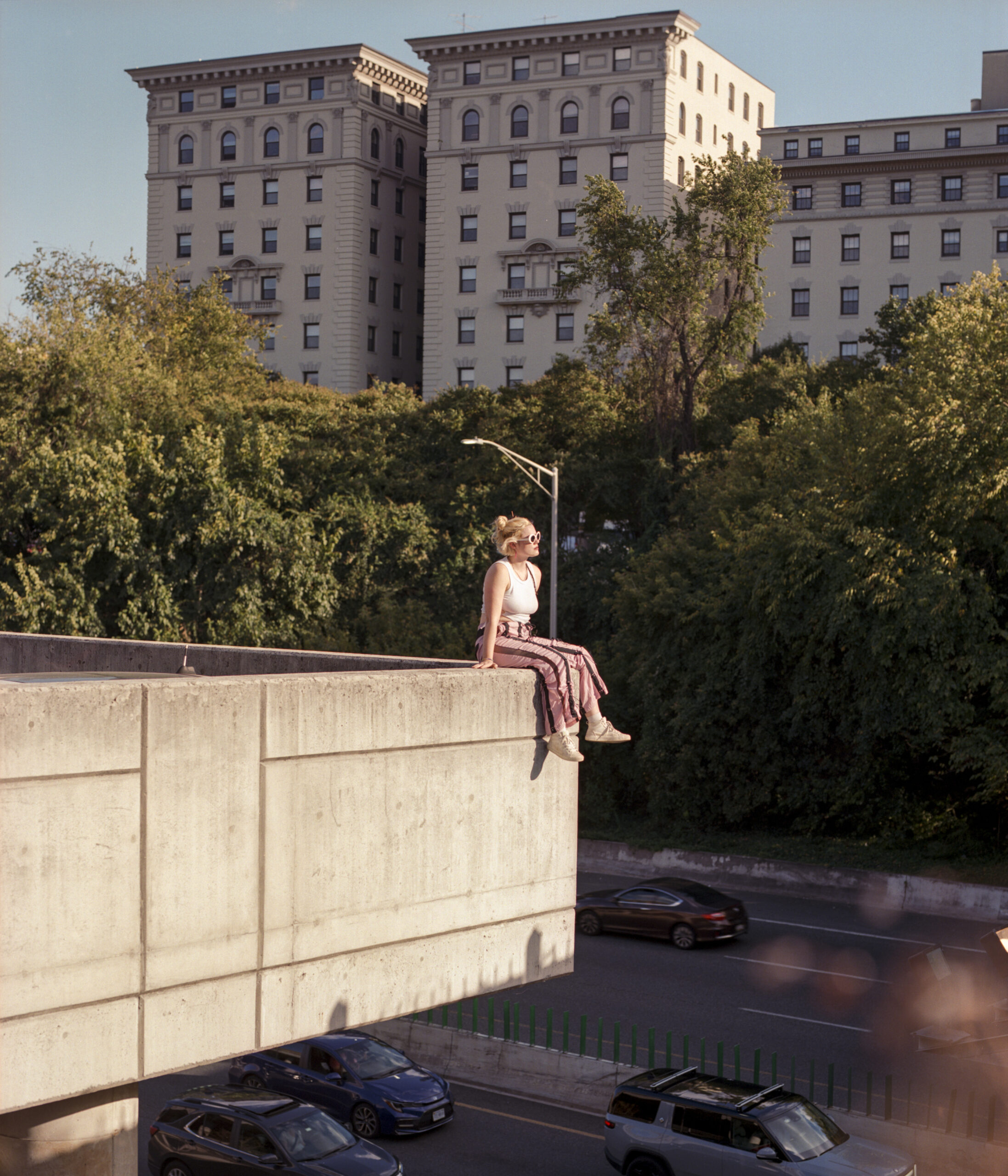
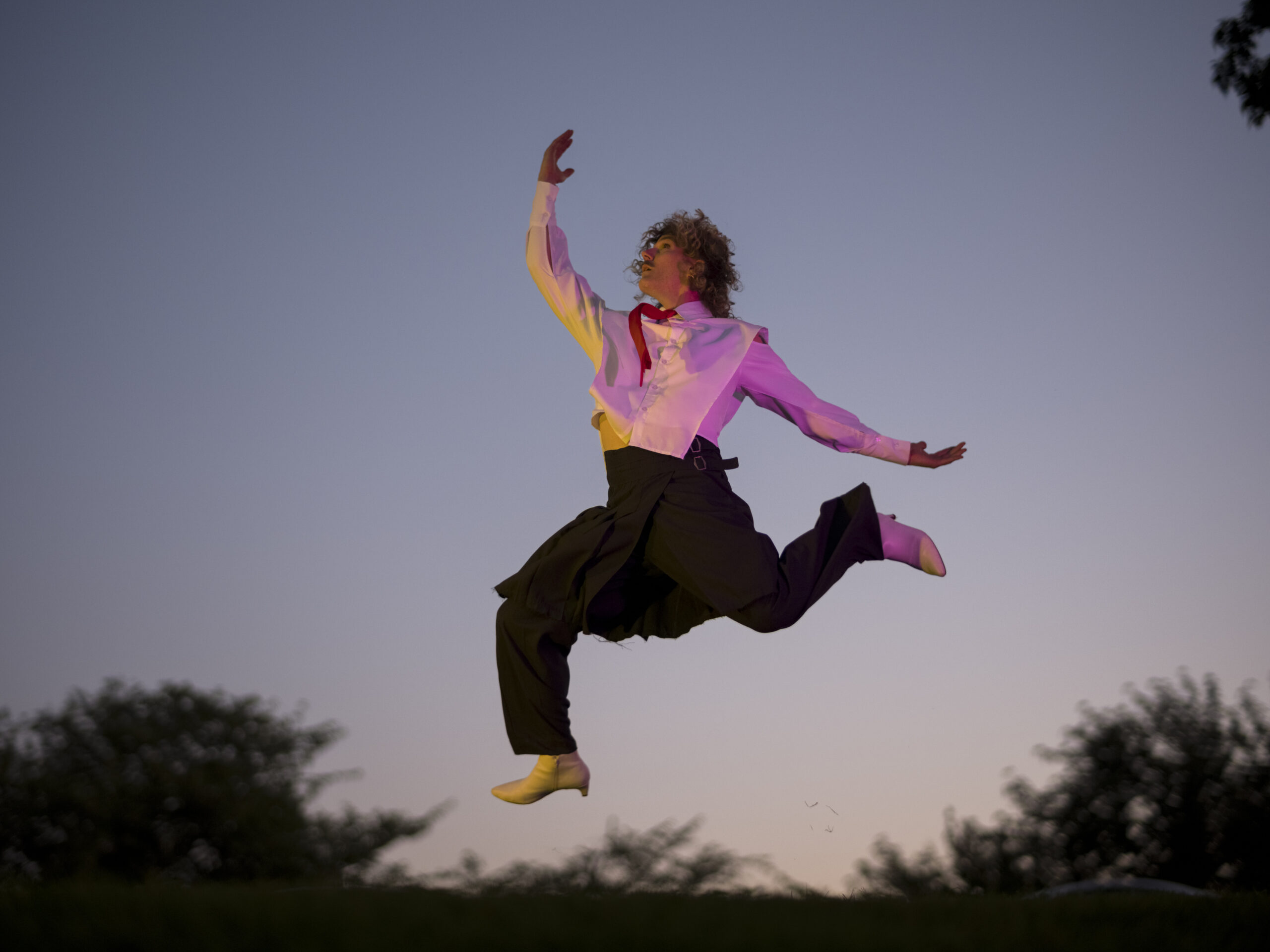
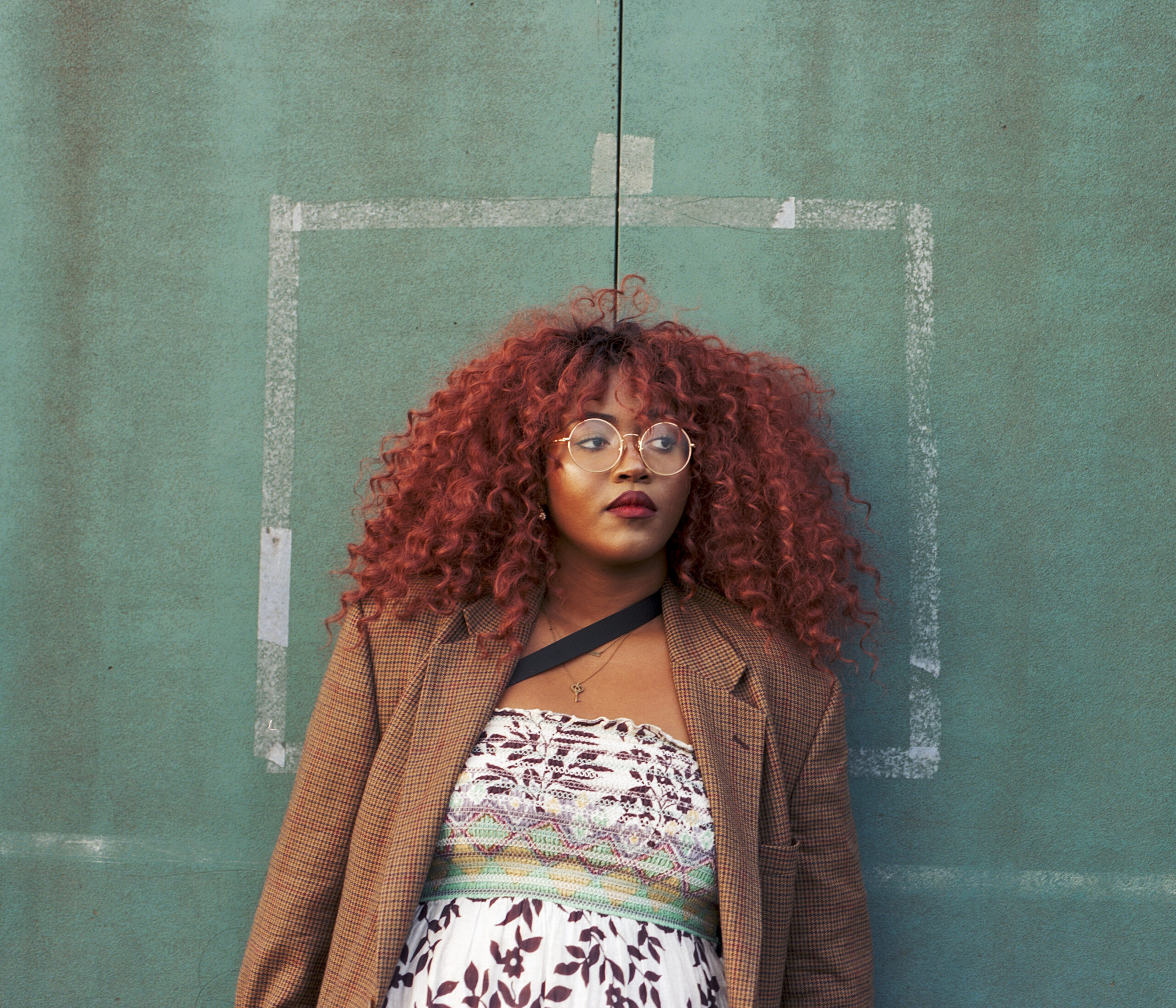
In addition to the city and scene, what are some of your other influences?
What’s cool about this book is that I’ve been teaching the whole time I’ve been making it. In teaching, I’ve been working backwards into my process in order to explain it my students, and in that, I discovered a lot of things I hadn’t tried. There’ve also been a lot of external factors that have given me new range, like the pandemic pushed me to shoot farther away, and I’ve found a lot of love in those compositions.
There’s plenty of photographers that I adore, too—local photographers that push me, like Faith Couch and Isaiah Winters. . . . And as far as classics, I really love, like, a Garry Winogrand, one of the first people to take color photography as a serious fine-art form. I love color, so seeing his original color photos and thinking about how stark those bright, vibrant, rich colors must have felt coming out of all black-and-white photos, and him basically being told that those real colors aren’t art. But they are! Sometimes I relate to that, especially coming from a fine-art background. It’s not frowned upon, but people are like, “Oh, how pretty . . . ” And I’m like, “Yeah!” I want to take a pretty photo—what’s wrong with that?
“Now I always joke, the pop princesses are out at the hardcore shows, and the hardcore dudes are out at the pop shows.”
What does color mean to you?
There’s a lot with color. In a way, color is challenging, right? Everyone perceives it slightly different, so it can be a hard to create a common denominator. And I think there’s a lot of reasons why black-and-white photography, besides just its serious look, gets taken so seriously. With photography, we talk about depth-of-field, we talk about motion or stillness, we talk about lighting—all these factors. Black-and-white lets you really focus on composition, texture, and gesture, and color can be seen as a distraction . . . But in general, this is a colorful city. And I think color tells a whole different story of mood and personality.
Color is also ethics. If you don’t know how to color-correct a photo [to adjust the hues for accuracy], you’re not doing right by your subjects, especially a subject of a different skin tone. Some skin tones absorb light, other skin tones reflect light, and understanding color ends up making it so that people see themselves depicted accurately in the work. For me, it’s about making sure that I’m doing right by my subjects, but also the city.
The city has such a wide-ranging music scene. How did you decide who to include?
I can’t get everyone. It’s impossible. So instead of banging down the door of Turnstile, I thought, what genres are missing since my last book? . . . My collaborator, Chris, pointed out to me that this is mostly the Station North art scene—it’s artists who have come through that particular part of Baltimore. I didn’t get any of the country artists, like Letitia VanSant . . . and I don’t know the 8×10 jam-band scene at all.
But something I have been noticing and really loving lately is a lot of support between genres across the city, especially from Gen Z, and we haven’t really had that since the first few years of The Crown, which brought everyone together. . . . Now I always joke, the pop princesses are out at the hardcore shows, and the hardcore dudes are out at the pop shows.


What’s going on in the musical world of Micah E. Wood?
I literally, as of yesterday, finished recording all the drums for my first full-length record since 2019. There’s some post-punk, some disco, some straight pop, some funk. . . . It features a live band and at times it gets loose and jazzy. I’m excited for that. If everything stays to plan, it’s nine songs, and I want to release it around my birthday, so late summer.
We can’t wait.
